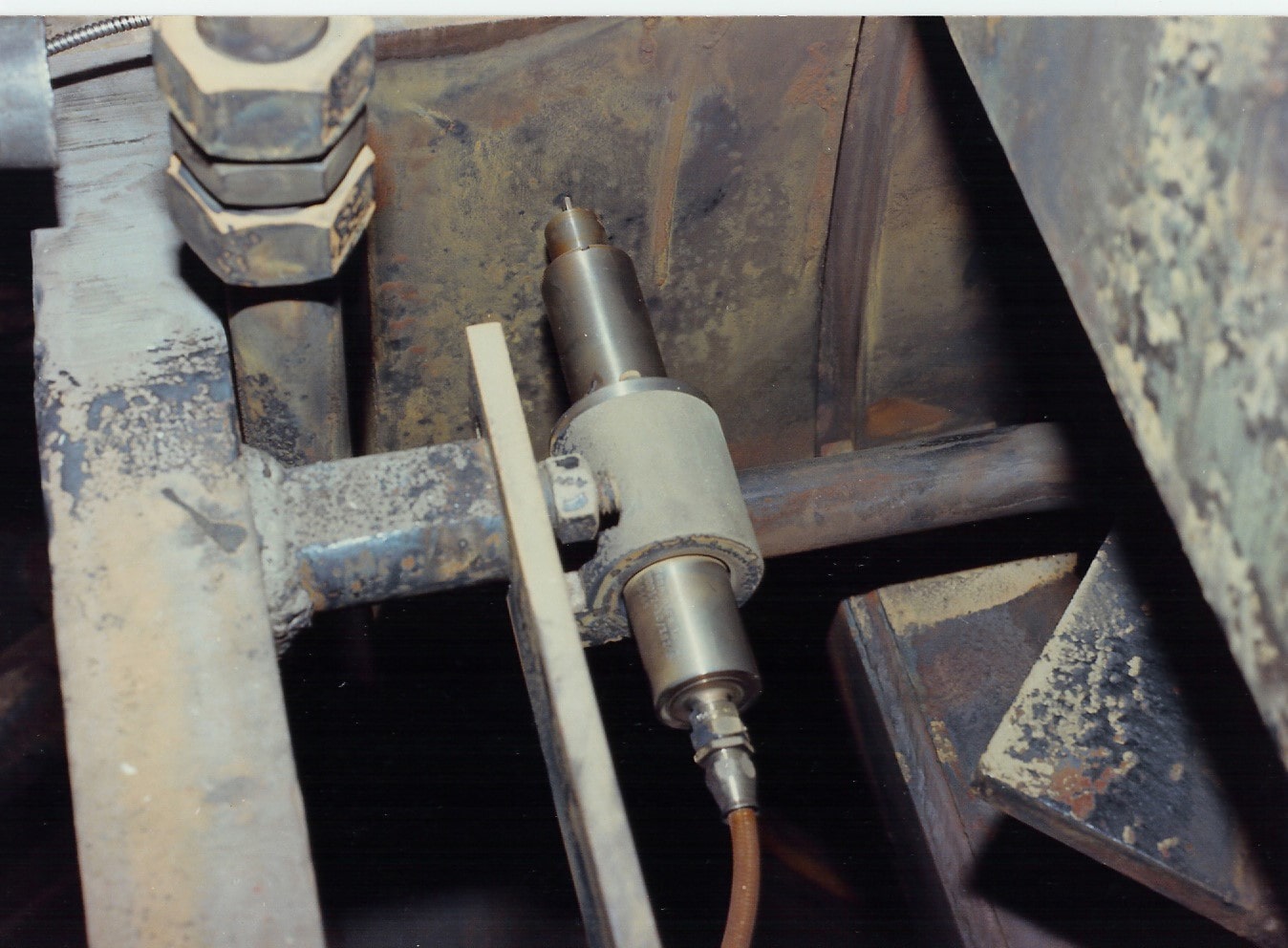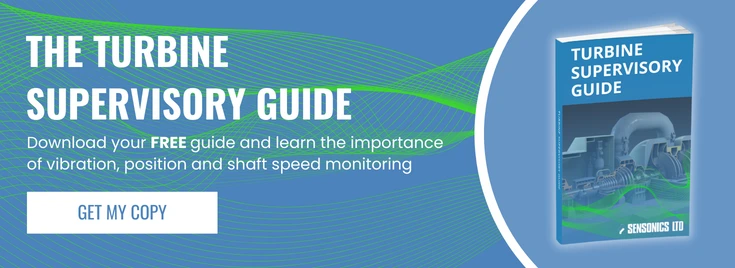How And Why Are LVDTs Used To Measure Casing Expansion On Steam Turbines?
LVDTs, or Linear Variable Differential Transformers, are commonly used in various industrial applications, including the measurement of casing expansion on steam turbines. Steam turbines are widely employed in power generation, and monitoring casing expansion is crucial for ensuring the proper functioning and safety of the turbine.
Here's how and why LVDTs are used for this purpose:
1. Measurement Principle:
LVDTs operate based on the principle of electromagnetic induction. They consist of a primary winding, two secondary windings, and a movable core. When the core is displaced linearly, it induces a differential voltage in the secondary windings, which is proportional to the displacement. LVDTs provide precise and accurate measurements of linear displacement.
2. Casing Expansion Measurement:
Steam turbines are subjected to temperature variations during start-up and shutdown, leading to thermal expansion and contraction of the casing/pedestal/cylinder. Monitoring the expansion of the casing is essential to prevent issues such as rubbing or interference between components, which can result in mechanical damage or reduced efficiency.
LVDTs are typically installed on the turbine casing at strategic locations at each stage, typically targeting the sliding pedestals to measure the position in relation to a fixed reference point such as the foundation. As the casing expands or contracts due to temperature changes, the LVDTs detect the linear displacement and provide real-time feedback on the expansion or contraction of the casing. This signal is then taken direct to the turbine supervisory instrumentation (machine protection system), or via a separate signal conditioning unit if the TSI cannot interface directly.
3. Benefits Of Using LVDTs:
-
Accuracy: LVDTs offer high accuracy and precision in measuring linear displacements, making them suitable for monitoring small changes in the turbine casing dimensions.
-
Reliability: LVDTs are known for their reliability and durability, even in harsh industrial environments. They can withstand high temperatures, vibrations, and other challenging conditions often present in steam turbine applications.
-
Repeatability: LVDTs have excellent repeatability, they do not drift or get noisy over time, even after many years of use.
-
Resolution: LVDT’s offer infinite resolution, only limited by the associated electronics.
-
Non-contact Measurement: LVDTs operate without physical contact between the wound coils and the iron core so reducing problems of wear and tear and minimising the risk of mechanical failures unlike the wiper contacting the windings inside potentiometers that do suffer from wear/poor contact.
4. Control And Safety:
-
By continuously monitoring casing expansion with LVDTs, turbine operators can implement control strategies to optimise turbine performance and ensure safe operation.
-
Alarms can be set up to alert operators if casing expansion exceeds acceptable limits, allowing for prompt intervention and maintenance.
For more information visit https://www.sensonics.co.uk/specialist-measurements-for-turbine-supervisory or contact the Sales Office at Sensonics Ltd.



